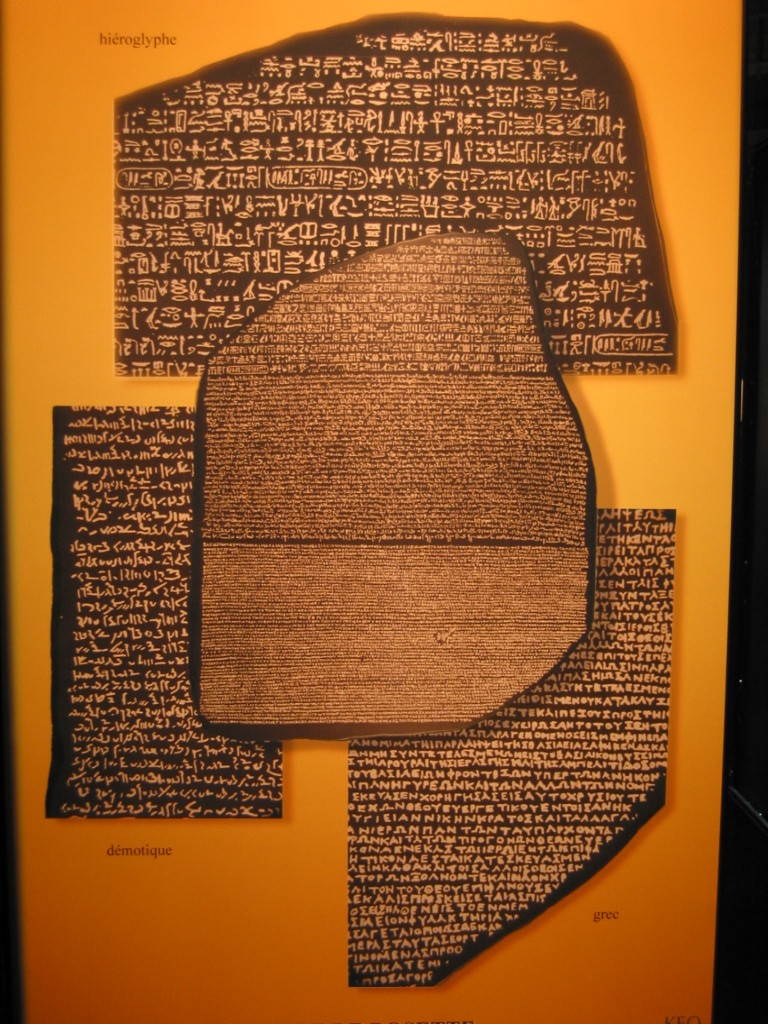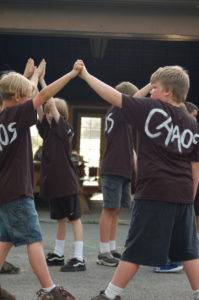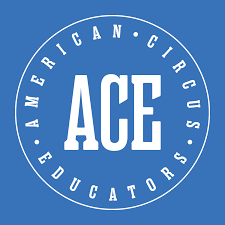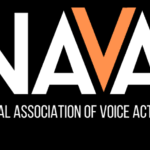Playwrighting: from the words “play” and “wright”.
Play: (2) brisk, lively activity involving change, variation, transition, or alternation: dynamic action; (3) the representation or exhibition of some action or story on the stage or in some other medium.
Wright: (1) to create, shape or a person who does so, usually in wood in combination (shipwright); (2) to work into shape by artistry or effort; (3) to fashion with particular adherence to form or style.
The arts are in effect the Rosetta Stone for transition, possessing both ontological and technical knowing.  They also require a process approach that really works only when the group is in ever self-shifting occasions with attention expressly paid to “ecological grounding.”
They also require a process approach that really works only when the group is in ever self-shifting occasions with attention expressly paid to “ecological grounding.”
“From the viewpoint of process, the more fundamental issue is one of seeing aesthetic experience within a broader construction of the way we apprehend the fullness of our daily lives. It is not simply ‘another perspective.’ It is a deeper perspective which should bring together many facets of experience into a coherent and multifaceted apprehension of the world (Oliver, 1989).”
How, then, do we move into new modalities and realms of perception and operation? Often what happens is that someone will be thinking or reflecting and be startled by an incongruous event or image. In this jolt of the kaleidoscope of reality and perception, ideas can be reconfigured. The opportunity arises for a glimpse into something new, a haunting, almost sensed vision which, no matter how brief, sets in motion a deeper questioning process.
So, part of what we are seeking is theatre that is not just “for the people” (with regard to the lives of whatever cross-section of community will be involved in the project) nor even theatre that is what many call “of and for the people,” namely that the performers and producers are from that same cross-section. Indeed, we are seeking a production that not only is written by the community members themselves, but that the framework, the ideology, the way the ideas are pieced together, what form they take, and the literal and metaphorical nature of their content all arise out of the collective spirit.

This work is intended for community leaders, teachers, development directors, church groups, activity center leaders, and anybody else who decides to set out on the difficult but magical journey to write a powerful and moving play that truly belongs to and sings the spirit of the people who created the play. This process is not really the same as playwriting because it involves a great deal of creating without pen and paper. It is also not quite the same as “playbuilding” because it does involve writing exercises; it fits in well within a school curriculum, an ESL program, any literacy organization, or community group that has a focus on literacy. “Playbuilding” is used to describe several exciting processes that use structured improvisation as the performance style. There are at least three excellent books on playbuilding: “Playbuilding” by Errol Bray, “Building Plays” by Michaels and Tarrington, and “Theatre, Dialogue and Community: The Hope is Vital Training Manual” by Michael Rohd.





